Crop Circles – poor surface when milling
Crop Circles – poor surface when milling
- This topic has 50 replies, 24 voices, and was last updated 19 June 2016 at 23:02 by
Iain Downs.
- Please log in to reply to this topic. Registering is free and easy using the links on the menu at the top of this page.
Latest Replies
Viewing 25 topics - 1 through 25 (of 25 total)
-
- Topic
- Voices
- Last Post
Viewing 25 topics - 1 through 25 (of 25 total)
Latest Issue
Newsletter Sign-up
Latest Replies
- Bending EN24t
- Anyone know about wells and Victorian plumbing?
- Some help with a Cowells speed controller needed.
- Lantern Pinion
- Emco FB2 and Maximat Mill?
- Museum of Science and Technology of Catalonia
- Fitting DRO to Myford VME mill.
- Geography lesson required? Crossley Engine
- Boiler Examinations: 7-yearly External Query
- Amazing Fellow and his musical machines..


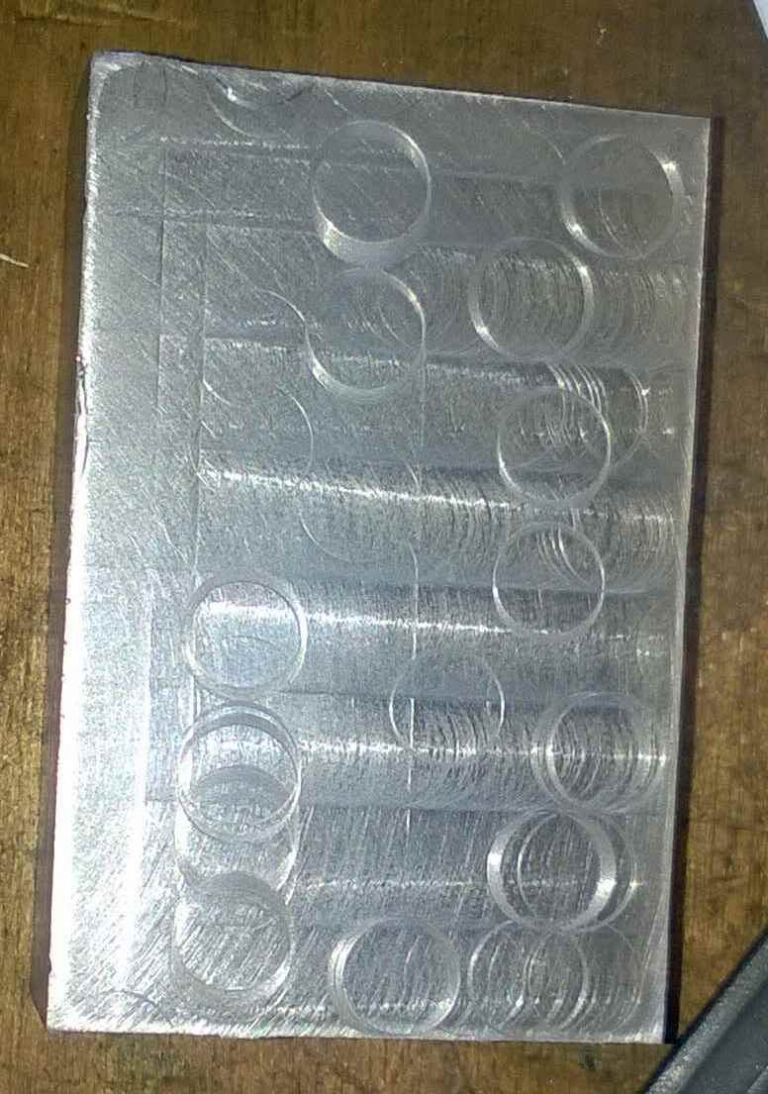
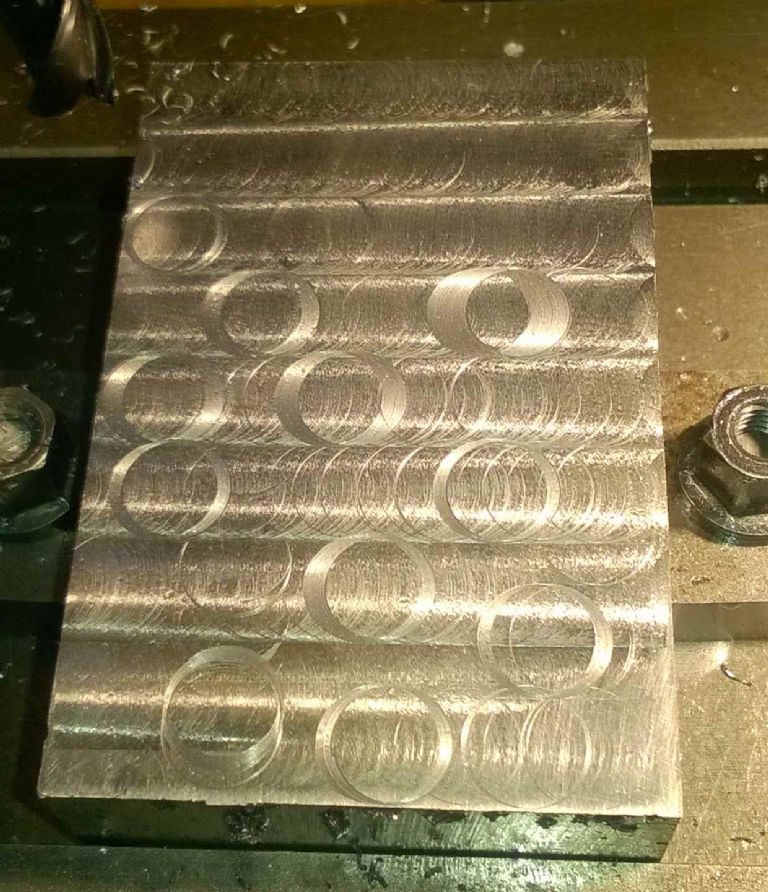
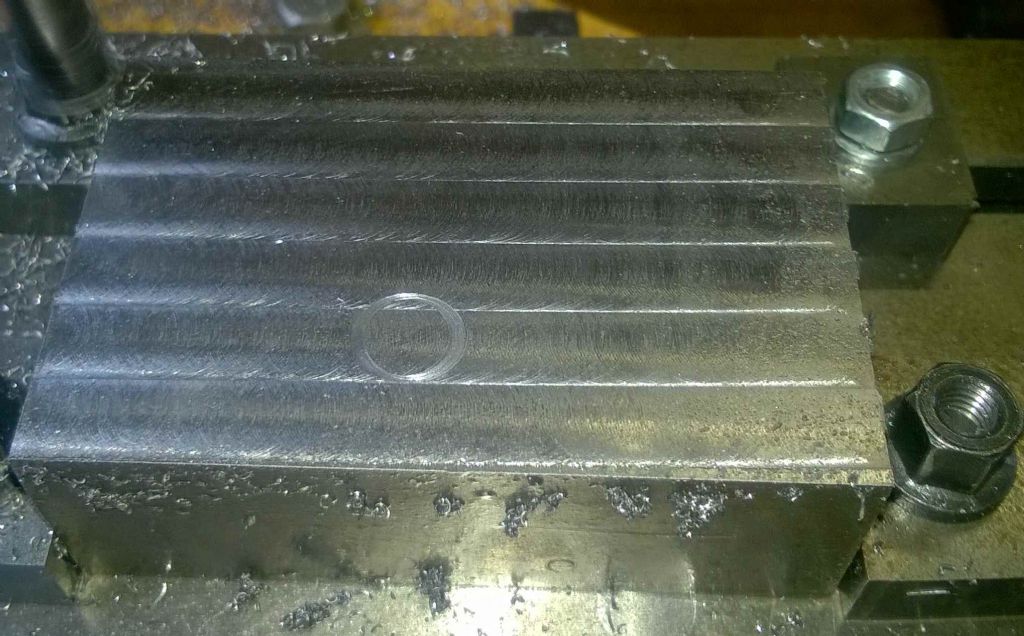
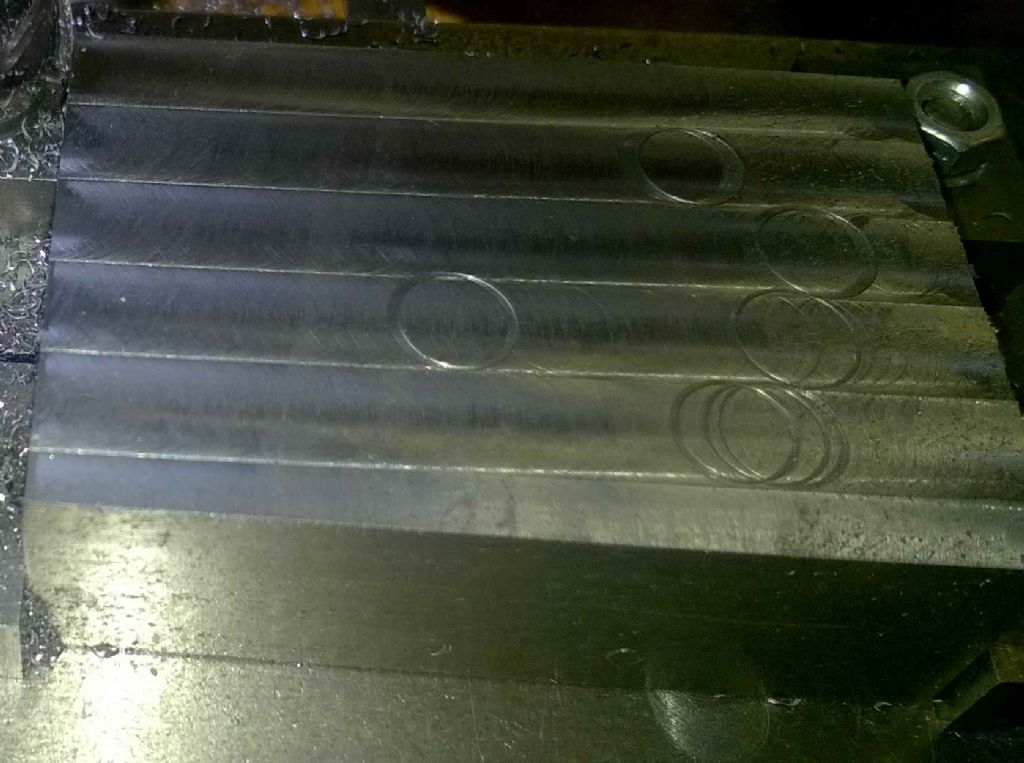


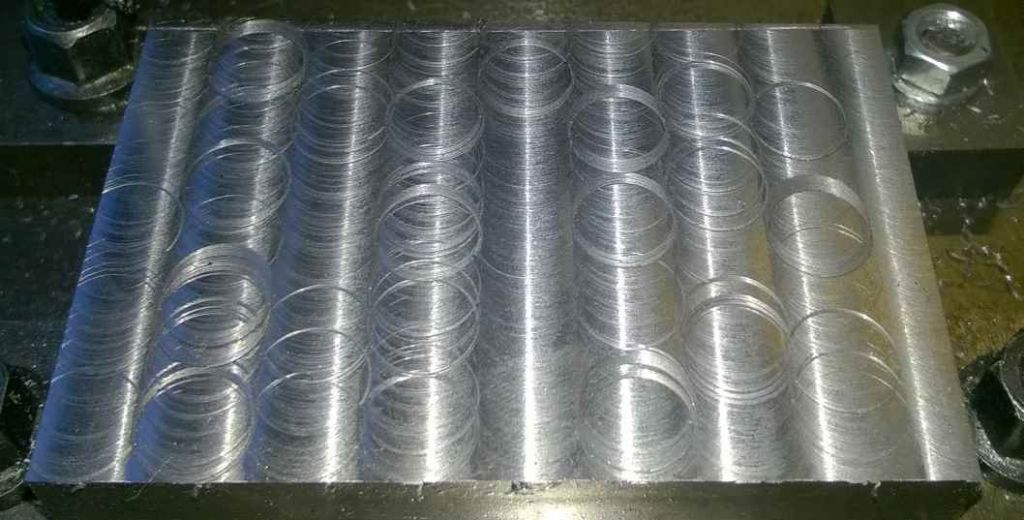
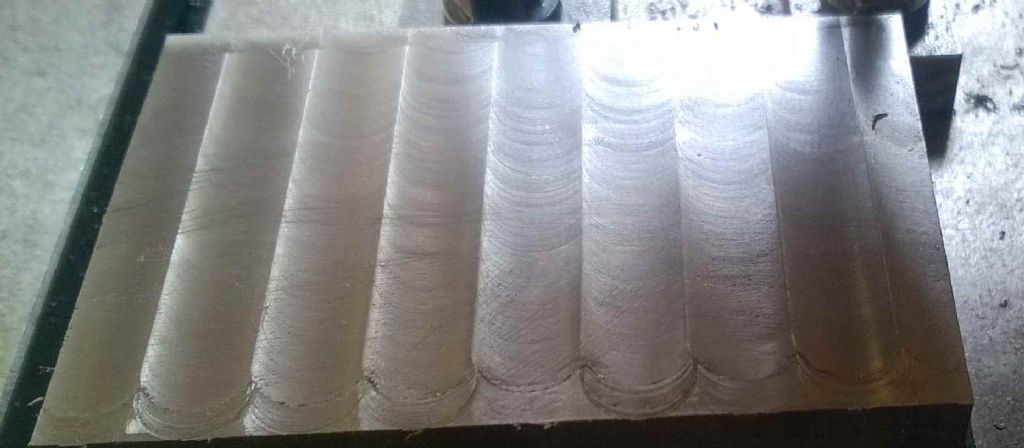
 Doesn't help adding a power feed much though as I have no idea how powerful a motor to fit.
Doesn't help adding a power feed much though as I have no idea how powerful a motor to fit. 

